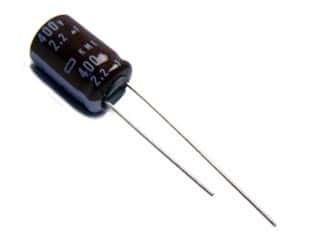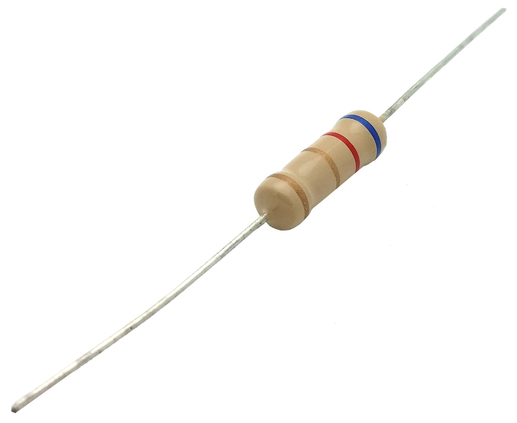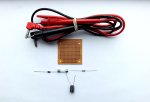Not counting with this extra R1 resistance be an issue, say readings not being that accurate, whatever ?
I'm not sure I can follow your question fully but, I think you're asking if the extra resistance (300 ohms) that R1 adds to the circuit will have any effect on the readings accuracy?
If so, no!
It'll just change the charge rate (time to fully charge the cap) of the cap ever so slightly, not even enough to notice........t=RC ( 300 * 2.2e-6 = 0.00066 s) and 5t = full charge = (5 * 0.00066 s = 0.0033 s)
I believe the designer added R1 (300 ohm series resistor) to limit current. Either to protect the diode and/or the device/s (boats electronics) being measured in the event of a mishaps. e.g. your dva fixture has its output leads short circuited (leads touch or slip to ground, etc). or even if the dva's cap shorts out at some point in its life time.......If any of those examples happen, there is a chance the diode and/or the electronics being tested could be smoked and as stated, the 300 ohms R1 would help prevent this by limiting the current.
There is also the case of R1 limiting the inrush current when a fully discharged cap causes a pretty big current spike through the diode upon intial measurements BUT, its so fast, the diode will be fine.....Moot point there according to the data sheet on a 1N4004
I think if it were me, and I had to use something like this and I wanted to protect the diode AND the DUT (device/s under test) while using this thing inline with my meter, I'd use a fuse in place of R1 (or on anode side of D1) due to the fact R1 will just burn up upon protecting the boat/diode. This is fine, that is if it's flame proof fusiable resistor, otherwise.......
A 1 Amp fast blow for example fuse would be simple and a better method IMO. So, as stated above, if your dva circuit short (cap shorts etc) and/or you inadvertently cross leads or touch one to ground, whatever, the fuse will open quite fast (faster than a opening/buring up carbon or metal oxide resistor or even fusible resistor), thus protecting from potentially damaging your boats electronics ig or CDI or whatever it is your testing.
I'd still however recommend (I'll admit though, I guess

I like building this stuff too) ya consider a meter that is made to do this job, the fluke I referred to was just an example, there are plenty of meters out there that preform this function....another example is
here
























